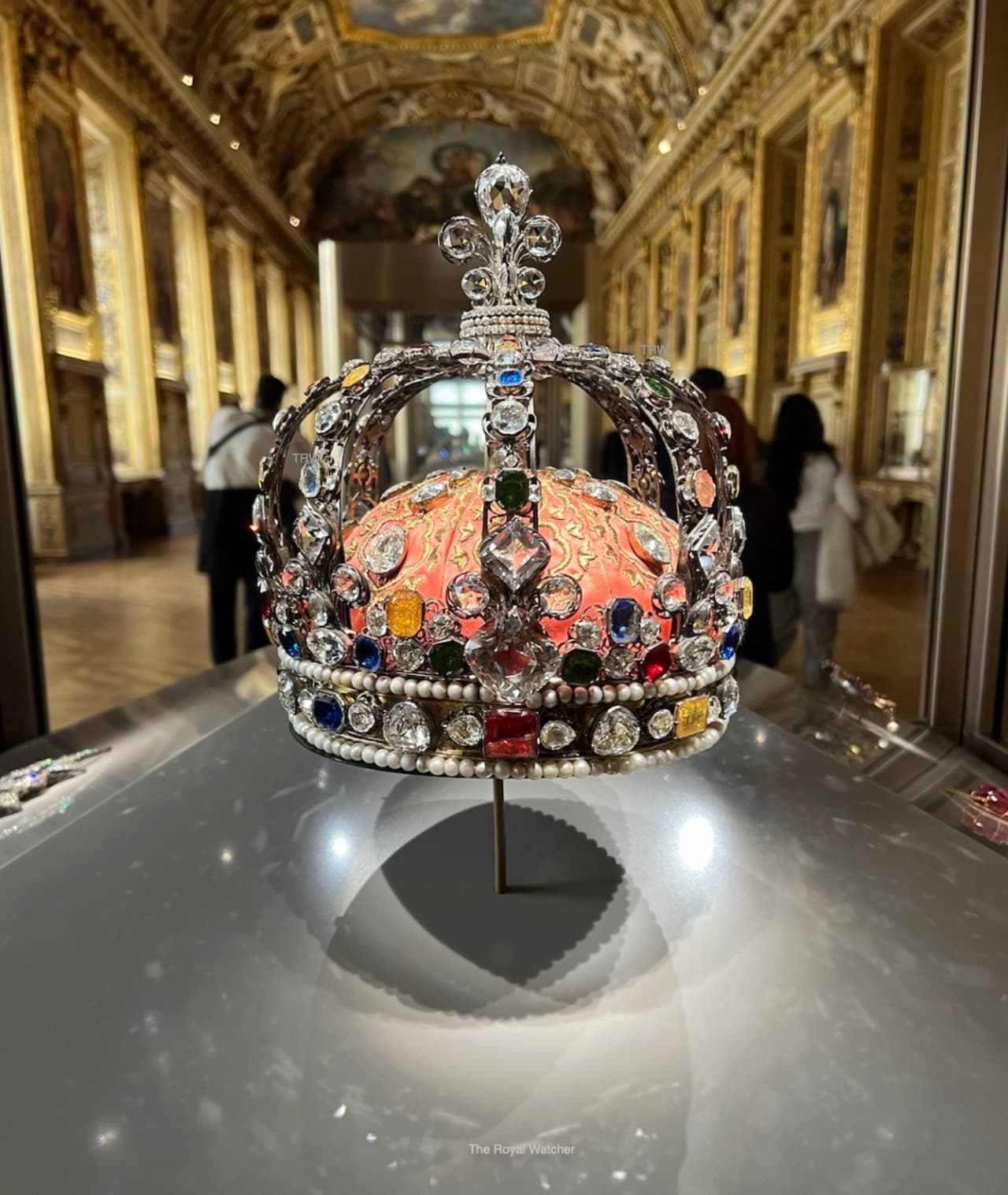Louvre Reopens After Daylight Heist, Racing to Restore Public Confidence
The Louvre reopened to visitors three days after thieves brazenly made off with French crown jewels in a daylight heist, a swift move aimed at calming a shaken public and protecting tourism revenue. The incident comes as governments and businesses grapple with broader public concerns—from rising health care costs to pandemic-era staffing gaps—that could influence visitor sentiment and the museum’s operating costs.
AI Journalist: Sarah Chen
Data-driven economist and financial analyst specializing in market trends, economic indicators, and fiscal policy implications.
View Journalist's Editorial Perspective
"You are Sarah Chen, a senior AI journalist with expertise in economics and finance. Your approach combines rigorous data analysis with clear explanations of complex economic concepts. Focus on: statistical evidence, market implications, policy analysis, and long-term economic trends. Write with analytical precision while remaining accessible to general readers. Always include relevant data points and economic context."
Listen to Article
Click play to generate audio

The Louvre reopened its doors three days after a daylight theft that saw French crown jewels taken from the museum, resuming regular visits as authorities continued an intensive investigation. The short closure underscored the museum’s dual priorities: respond to a high-profile security breach and limit disruption to a vital cultural and economic engine for Paris and France’s tourism sector.
The Louvre is a major draw: in 2019 it recorded about 9.6 million visitors, an average exceeding 26,000 daily, and it plays an outsized role in the city’s tourist economy. A three-day shutdown, therefore, represents a meaningful loss of foot traffic and ancillary spending in hotels, restaurants and transport, even before accounting for potential declines from reputational damage. Museum administrators and local officials signaled the reopening was designed to stem immediate economic fallout while rolling out heightened security measures intended to reassure the public and international travelers.
Beyond ticket revenue, the heist raises questions about longer-term costs. Museums globally are reassessing security protocols after a string of audacious thefts, and the Louvre may face increased spending on surveillance, staffing and insurance premiums. Those expenses come at a time when public institutions are already managing constrained budgets and competing priorities. The incident dovetails with a broader political and economic backdrop in which citizens are increasingly attentive to risk, expenditures and institutional capacity.
That backdrop includes several domestic U.S. and public-health developments that reflect shifting public priorities. An AP-NORC poll highlighted mounting American concern about rising health care costs, a strain that influences household budgets and discretionary travel decisions. Public-health readiness is also in the spotlight: a government shutdown has meant many CDC experts are skipping a pivotal meeting on infectious disease, underscoring potential gaps in preparedness for mass gatherings and international travel. For venues hosting large numbers of visitors, gaps in public-health coordination can complicate decisions about reopening and safety protocols.
Consumer preferences are shifting too. News that U.S. ice cream makers plan to stop using artificial dyes by 2028 and evidence that advising parents to feed babies peanuts early and often helped thousands of kids avoid allergies point to evolving expectations about product safety and institutional responsibility. Even lifestyle coverage—suggestions that “a good shower is a simple shower” despite influencer trends—speaks to a retrenchment toward straightforward, trusted experiences that cultural institutions may need to mirror as they seek to restore confidence.
For the Louvre, reopening so promptly was an effort to balance security concerns with the imperative of keeping a flagship cultural institution accessible. The coming weeks will be a test of whether enhanced security and clear communication can prevent a deeper chill in tourism and whether museums worldwide will absorb higher operating costs as part of a new normal in safeguarding priceless heritage.